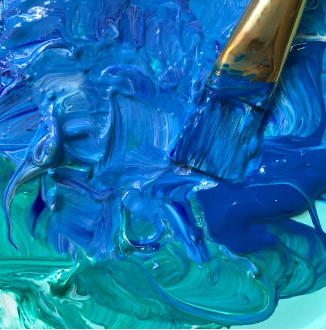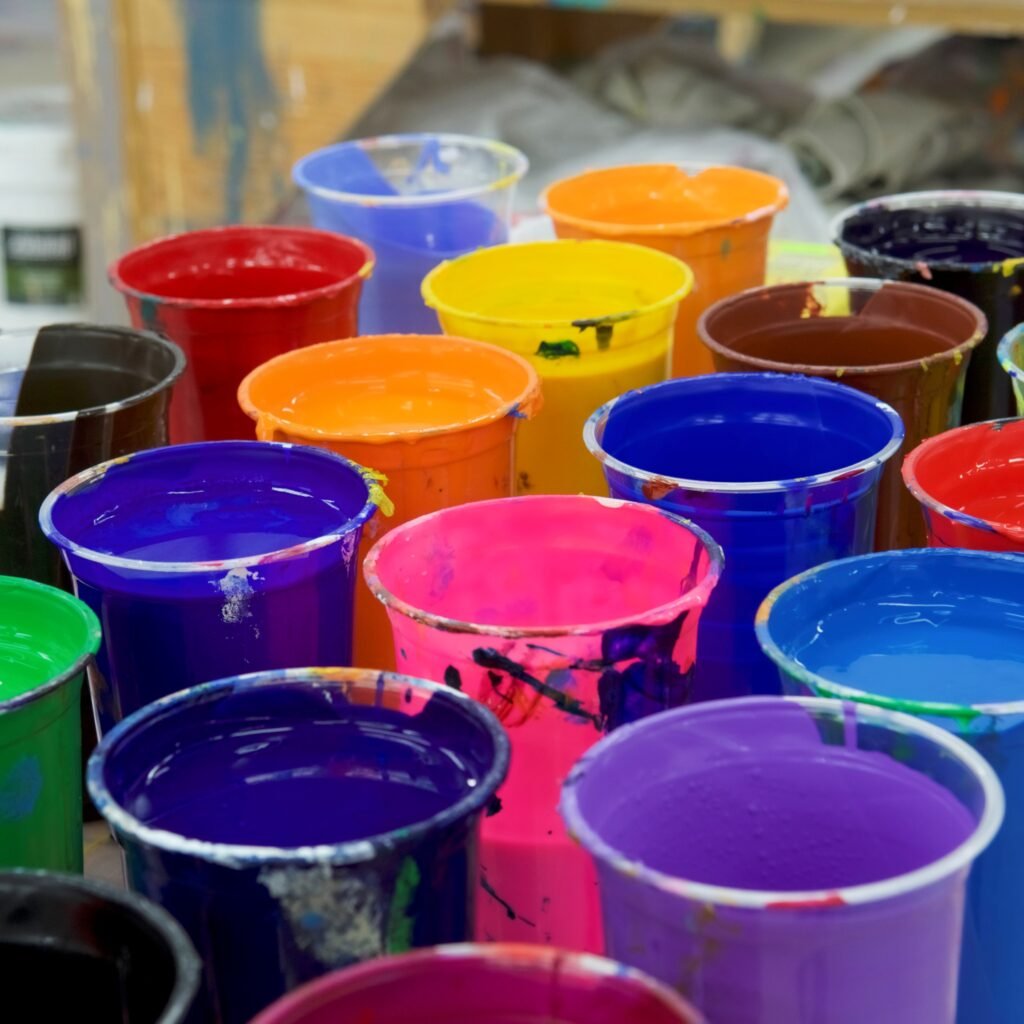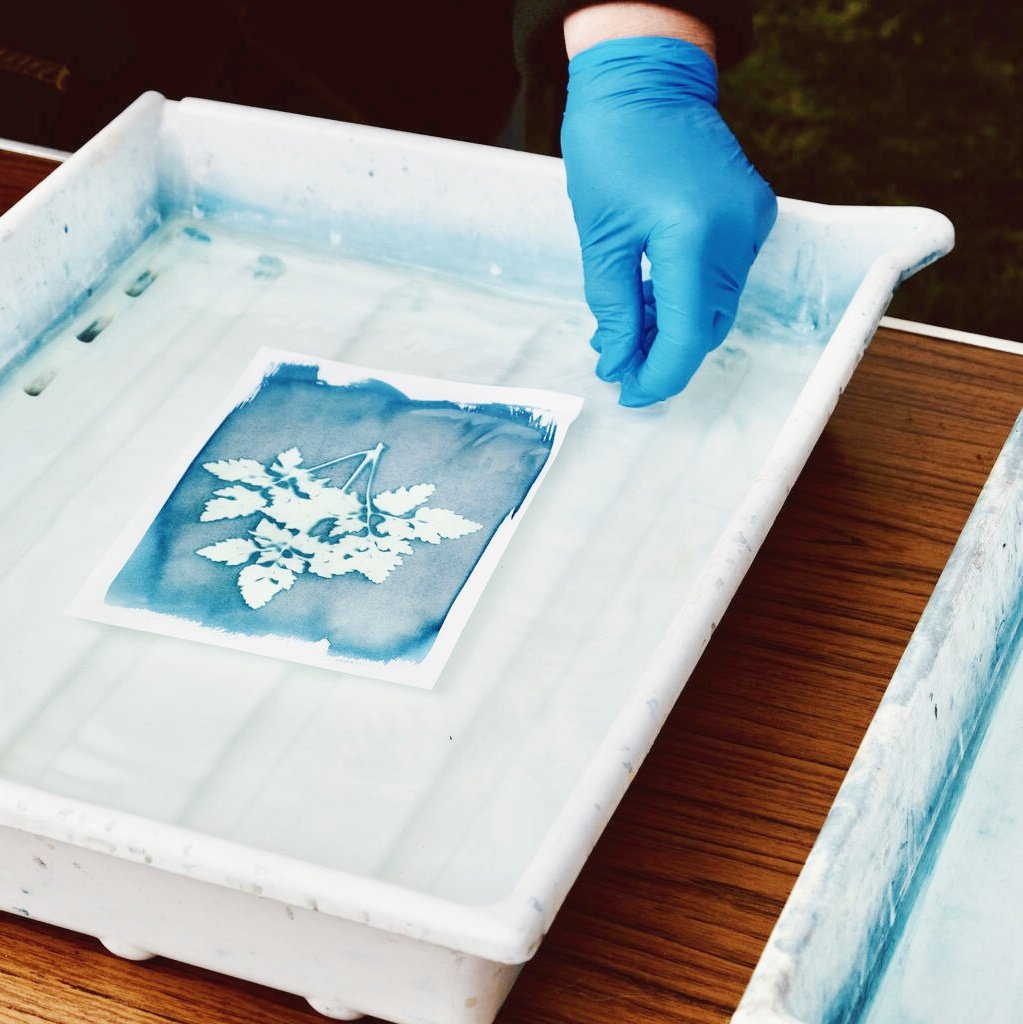İçindekiler
Tekstil Baskısı İçin Yüksek Yoğunluklu Plastisol Mürekkebi: Kolay Kılavuz
Meta Açıklama: Nasıl olduğunu öğrenin yüksek yoğunluklu plastisol mürekkebi Yüksek yoğunluklu mürekkepler, giysilerde parlak, güçlü tasarımlar oluşturmaya yardımcı olur. Yaygın sorunlar için ipuçlarını, kullanımları ve çözümleri keşfedin.
1. Yüksek Yoğunluklu Plastisol Mürekkebi Nedir?
Yüksek yoğunluklu plastisol mürekkep kalın, PVC bazlı mürekkep Kumaş üzerine desen basmak için kullanılır.
Temel Avantajlar
- Dayanıklılık: Yıkandıktan sonra parlaklığını korur.
- Esneme Direnci: Esnek kumaşlarda işe yarar.
- Opaklık: Koyu renkli kıyafetlerde ortaya çıkar.
Yaygın Kullanımlar:
- Spor giyim (takım formaları).
- Promosyon ürünleri (kapşonlu üstler, çantalar).
2. Yüksek Yoğunluklu Plastisol ve Diğer Mürekkepler
| Mürekkep Türü | En İyisi İçin | Dezavantajları |
|---|---|---|
| Plastisol | Cesur tasarımlar, koyu kumaşlar | Çevre dostu değil |
| Su bazlı | Yumuşak his | Kumaş ön işlemine ihtiyaç duyar |
| Boşaltma | Pamuklu kumaşlar | Zamanla kaybolur |
| Süblimasyon | Hafif kumaşlar | Pürüzsüz bir yüzey elde etmek için yüksek yoğunluklu mürekkepler kullanıldığında doku tercih edilmez. |
Plastisol'ü şunlar için seçin:
- 3D efektler (Kabartma baskılar) Yüksek yoğunluklu mürekkep formüllerinde kabartma katkı maddeleri kullanılarak elde edilebilir.
- Ön işlem görmemiş koyu renkli kumaşlar.

3. Yüksek Yoğunluklu Plastisol Mürekkebi Nasıl Kullanılır
3.1 Ekran Kurulumu
- Ekran gözenek sayısı: Kullanmak 110-160 gözenek.
- Şablon: Seçmek kılcal film keskin kenarlar için.
3.2 Mürekkep Uygulaması
- Yazdır: Kumaşa mürekkep ekleyin.
- Flaş: 10 saniye kadar flaşlı kurutma makinesiyle kurutun.
- Tekrar Yazdır: Daha fazla mürekkep ekleyin yükseltilmiş doku.
3.3 Kürleme
- Sıcaklık: Yüksek viskoziteli mürekkeplerle en iyi sonuçları elde etmek için sıcaklığın tutarlı olduğundan emin olun. 320°F'de 60-90 saniye.
- Test: Kumaşı gerin. Çatlarsa daha uzun süre kürleyin.
4. Plastisol Mürekkebinin En İyi 5 Kullanımı
- Spor giyim: Dayanıklı logolar (Nike, Adidas).
- Moda: Karanlıkta parlayan tasarımlar.
- İş Giyimleri: Çizilmeyen etiketler.
- Promosyon Ürünleri: Çantalarda canlı baskılar.
- Çevre Dostu: Ftalat içermeyen plastisol (Yeşil Galaksi).

5. Yaygın Sorunları Düzeltme
| Sorun | Çözüm |
|---|---|
| Serigrafi baskıda yüksek yoğunluklu mürekkepler kullanıldığında delikler oluşabilir. | Daha kalın mürekkep kullanın veya ekran gerginliğini sabitleyin. |
| Serigrafi baskıda emülsiyonun düzgün bir şekilde kürlenmemesi durumunda çatlamalar sıklıkla meydana gelir. | Serigrafi baskıda emülsiyonun düzgün bir şekilde yapışmasını sağlamak için 320°F'de tamamen kürleyin. |
| Zayıf Yapışma | Polyester kumaşları ön işleme tabi tutun. |
6. Plastisol Baskı İçin En İyi Araçlar
- Mürekkepler: Wilflex HD, Birlik Ultrasoft.
- Ekranlar: Sefar veya Murakami ağları.
- Kurutucular: Anatol konveyör kurutucuları.
- Çevre Dostu: BASF Palatinol® plastikleştiriciler.
7. Gelecekteki Trendler
- Hibrit Baskı: Plastisol'ü şu şekilde karıştırın: Kornit Dijital yazıcılar, serigrafi baskıya uygun, yüksek yoğunluklu görüntüler üretebilirler.
- Biyobozunur Mürekkepler: Matsui'nin eko-seri.
- Akıllı Mürekkepler: Renk değiştiren mürekkepler serigrafi baskıda kullanıldığında tasarımlarınıza boyut katabilir. termokromik pigmentler.
8. SSS
Plastisol mürekkebi suya dayanıklı mıdır?
Evet! Kürlendikten sonra suya dayanıklıdır.
Naylon üzerine baskı yapabilir miyim?
Evet, ancak emülsiyonun serigrafi baskıda iyi yapışmasını sağlamak için kumaşı önceden işleyin.
Ekranlar nasıl temizlenir?
Serigrafi baskı malzemelerinizi etkili bir şekilde temizlemek için ekran yıkama ve basınçlı yıkama makinesi kullanın.
9. Sonuç
Yüksek yoğunluklu plastisol mürekkep güçlü, parlak baskılar için harikadır. Kullanın çevre dostu plastisol ve araçlar gibi Wilflex veya Sefar En iyi sonuçlar için.



